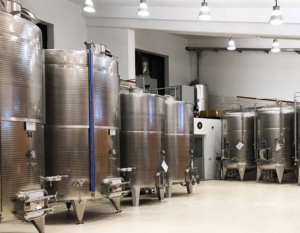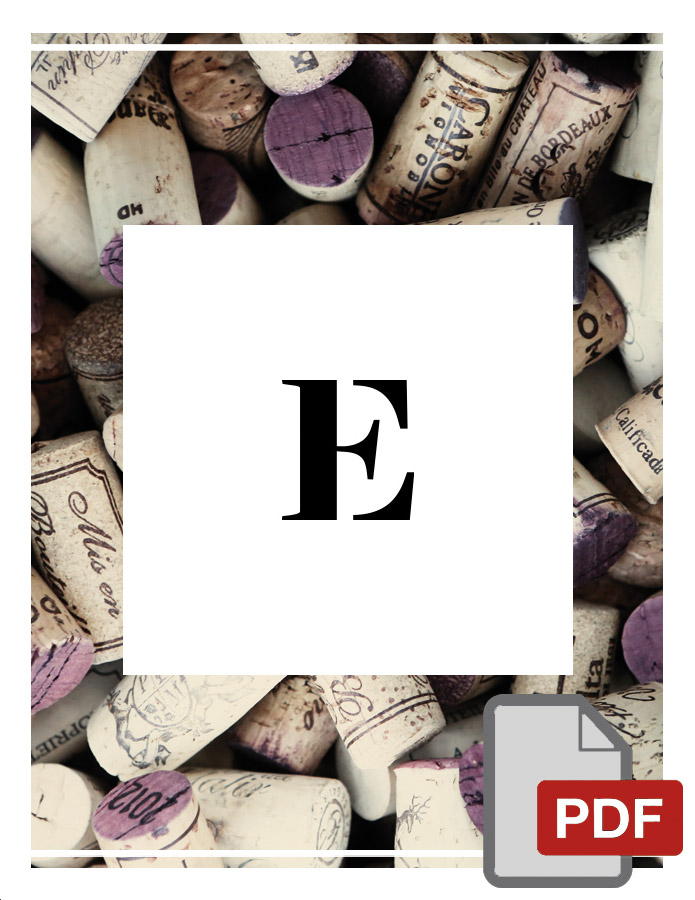Learning about wine
Are all sparking wines the same? The Charmat Method
Ciao
Last week we talked about the Classic Method, and today it’s the turn of the Charmat Method or Martinotti Method; this method is used to produce Prosecco, another famous sparkling wine worldwide. The production process is very different but simultaneously similar to the Classic Method… no, I’m not going crazy; now I will explain why.
A bit of history
Today it is known worldwide as the Charmat Method because it takes its name from the French technician who industrialized it. But in reality, this method was born in Italy at the end of the nineteenth century, thanks to Federico Martinotti. Today, many people in the industry don’t call it the Charmat Method but the Martinotti Method.

How the Charmat Method works.
The chemical reaction is practically the same as in the Classic Method; The yeasts burn the sugars transforming them into alcohol and carbon dioxide, which, being unable to evaporate, makes the wine effervescent. However, the difference is that this process does not occur in the bottle but in large autoclave tanks.
The autoclave is a large steel tank (I’ve attached a photo to help you understand the dimensions) and can withstand the intense pressures produced during the second fermentation.
So, the winery places the base wine and the natural yeasts in an autoclave for the second fermentation. The big difference is in the production times; as we have seen, for a Classic Method, it takes at least twelve, eighteen months; for the Charmat or Martinotti method, the times are drastically reduced; we talk about a few weeks, sometimes a few months.
Once the second fermentation is complete, the wine is bottled with a cork stopper and cage and left to rest for a few months in the cellar before placing it on the market.
You may have heard of the Long Charmat Method; in this case, the sparkling wine stays in an autoclave for a more extended period, generally eight or nine months, but, as you can see, times never get close to the Classic Method.
The large quantities processed simultaneously and the much shorter production times mean the price is also considerably lower than a Classic Method.
Is the Classic Method better than the Charmat Method?
It’s not an easy question. It depends on personal taste. Sparkling wines with the Charmat Method are easier and faster; they satisfy even those who are not great enthusiasts. The Classic Method has a different flavour, for sure rich and refined.
I adore the Classic Method, but there are Proseccos (Charmat Method) which are certainly noteworthy. Again, all those we have selected on Enolike have their reasons, and you can find them here. If you want my favourites, I’ll tell you: the Brut NATURA sparkling wine from the Bervini winery, the Valdobbiadene Brut prosecco from Bortoluz and the Prosecco Valdobbiadene Superiore DOCG Extra Dry EXD from Duca di Dole. I will add a fourth preference, a perfect gem for summer aperitifs, the sparkling Raboso from the Bervini winery
All clear? Excellent; select a couple of Classic and Charmat Methods and have fun discovering the differences. Then let me know what you think.
Have fun!
Ciao
Monica





